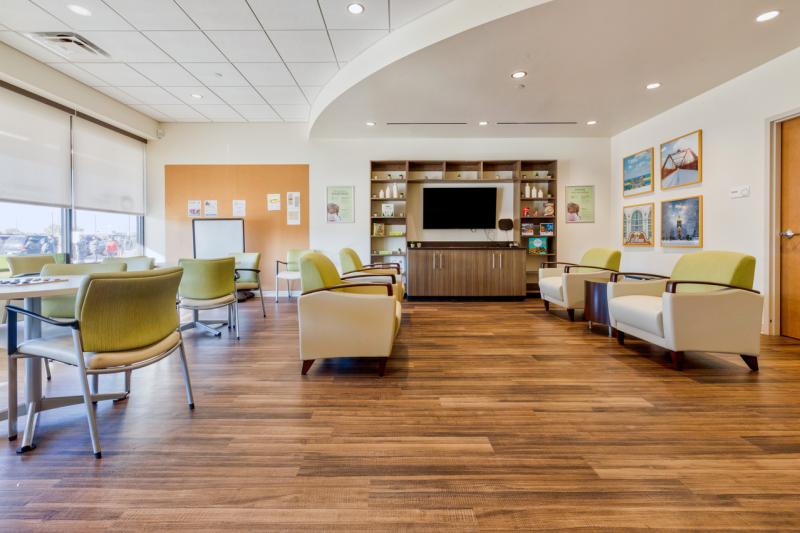CVS Health has launched an environmental health impact program to help vulnerable Americans during extreme weather events.
The program, already live for a few weeks, initially focuses on extreme heat. Using advanced environmental data analytics and patients' medical and pharmacy data, CVS Health offers timely excessive heat alerts and outreach to at-risk patients up to a week before the event. The initiative will expand to encompass air quality events this fall. It is initially available to members of Aetna with the goal of expanding to pharmacies and MinuteClinics.
Excessive weather events are becoming more common and severe. More than 2,300 heat-related deaths occurred in 2023. They are preventable. Meanwhile, air pollution puts patients at risk of reduced lung function, asthma and cardiac problems.
“Heat waves and our changing environment is just such a pressing public health threat. I don't think it’s appreciated nearly as much as it should be,” Dan Knecht, M.D., chief clinical innovation officer for CVS Caremark, told Fierce Healthcare.
Knecht is also a hospitalist at Mount Sinai West and is seeing some patients coming in for heat stroke, but not all. Many come for worsening chronic conditions, which might be attributed to the natural progression of their disease but is really triggered by extreme weather, he said. That is why official figures on heat-related deaths in the U.S. are likely an undercount, he noted.
“It’s really hard to untangle the morbidity associated with heat waves,” Knecht said. “We really don’t have a tremendous appreciation to how detrimental heat waves are to whole health.”
Consulting with experts in climate change and public health, CVS Health determined a wet bulb temperature threshold in the mid-80s Fahrenheit. Ingesting third-party weather data, it determines regions that surpass the limit and uses its own algorithm to stratify Aetna members by their vulnerability to extreme heat. Care managers who are registered nurses then reach out by phone, using an evidence-based framework for navigating the conversations. They provide information on the symptoms of heat stroke, how to minimize heat exhaustion and local resources such as cooling centers. Many Oak Street Health centers, now owned by CVS Health, can be used as a safe space to gather during extreme temperatures, Knecht said.

There is also some room for CVS Health to address social needs. It offers home delivery of prescriptions during extreme heat events as needed. If a member needs transportation to a cooling center, they may be eligible through one of two programs for Aetna members: Access2Care and SafeRide Health. However, the company can’t guarantee transportation for all members. It can also loop in its Resources for Living team to address mental health conditions, which, like other health conditions, are exacerbated by extreme weather.
During the first two weeks of the program, CVS Health care managers have connected with hundreds of patients across more than 20 states. In addition to improved health, anticipated outcomes include reduced medical expenses and minimized inpatient hospital stays and ED visits.
So far, the company has been receiving positive feedback from those with whom care managers have connected. Many of these populations are high-risk and already familiar with Aetna care managers for things like discharge planning.
Existing weather alerts are a “patchwork,” per Knecht, varying by state and lacking individualized health recommendations for at-risk individuals. “We feel like there's a big opportunity to go upstream in terms of time and be more proactive and individualized,” Knecht said. “Having that conversation with a clinician at an impactable moment is really powerful.”
CVS Health hopes that down the line its pharmacists can also deliver extreme weather event messages to patients, either at the pharmacy or by phone.